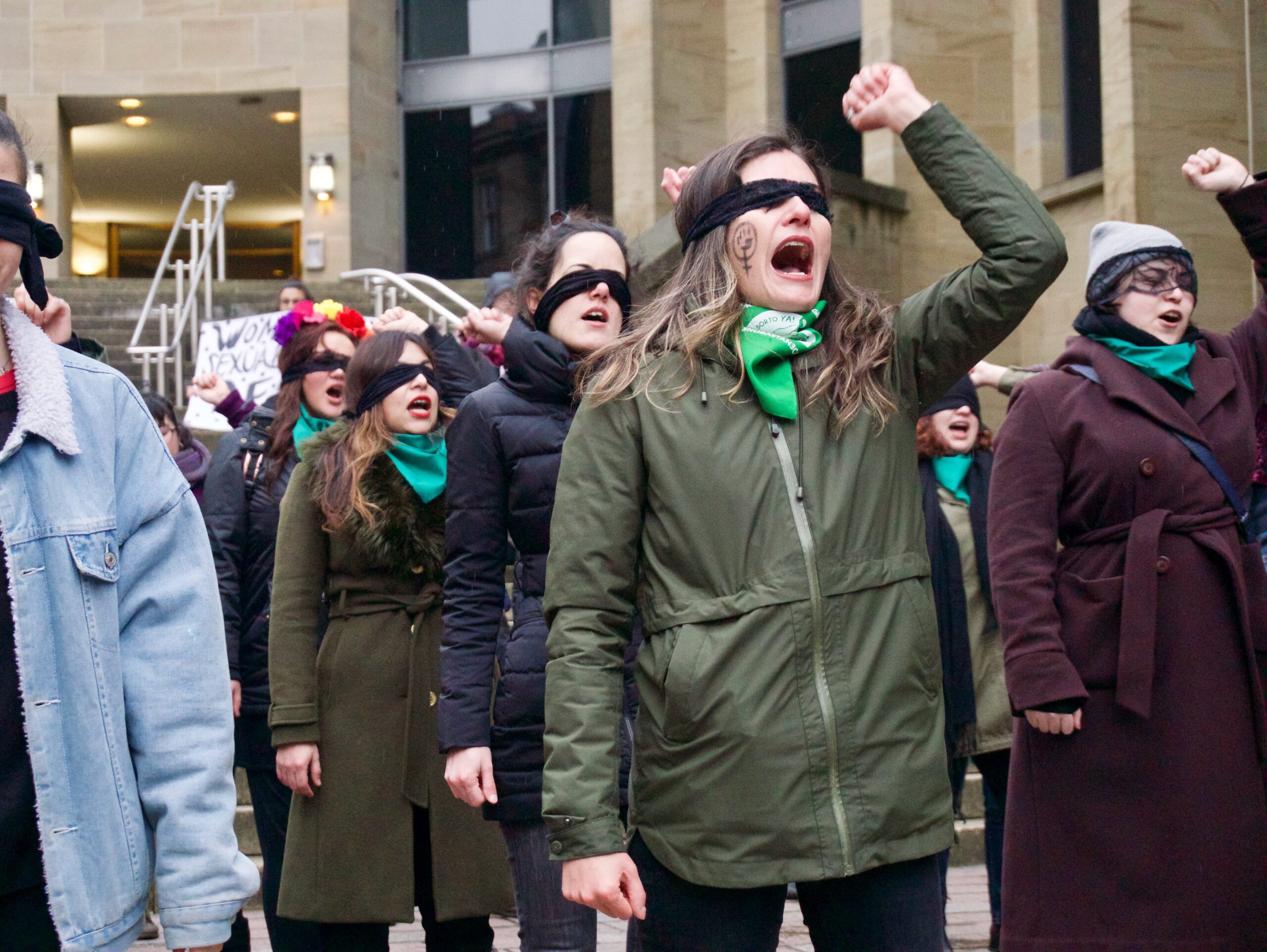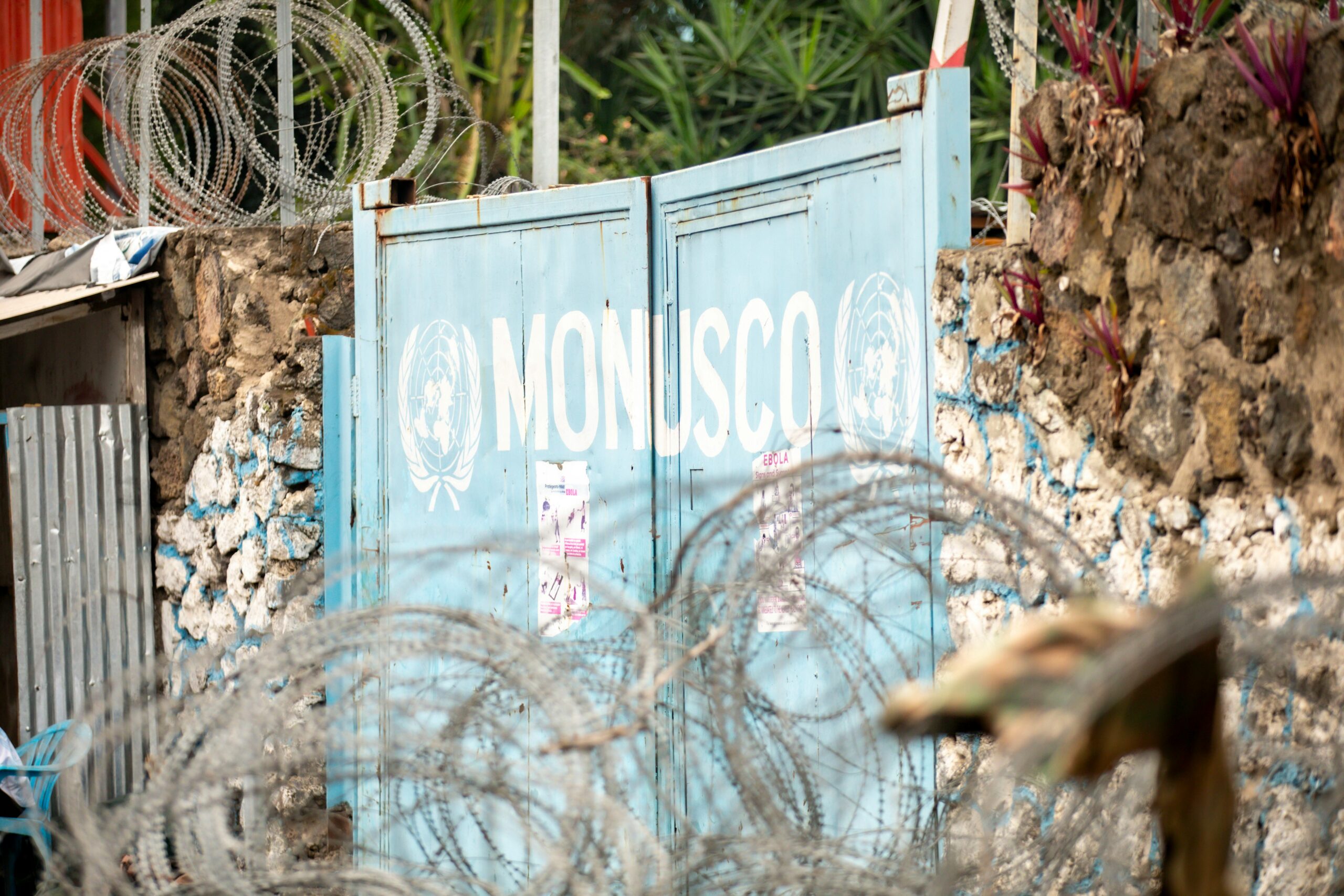By Myroslava Melnyk
Latin America represents 33 countries across South and Central America, the Caribbean, and Mexico, where citizens speak Romance languages, inherited from the colonizers. Nevertheless, the legacy of colonization goes beyond linguistic influences. Invaders also introduced concepts such as sexism, racism, conservative Catholicism, and capitalism to these territories. Even today, Latin America faces ongoing challenges related to discrimination, earning it a reputation as one of the most dangerous regions for women. In Central America, prior to the arrival of Spanish colonizers, the Mayan civilization thrived for approximately 2,000 years, reaching its zenith as one of the most advanced societies. Besides their knowledge of different sciences, they also had their own unique vision of gender. Unlike European norms, Mayan society wasn’t patriarchal, and relationships between men and women were rooted in principles of equality and mutual respect. Mоreоver, trаditiоnally the Maya wоrshiped deities not only of the fеmale and mаle, but also of the third gеnder. This perspective starkly contrasted with European beliefs. However, everything underwent a profound transformation with the advent of the colonial era.
Colonization greatly influenced ideas about gender and how people identify with it. It pressured societies to adopt Western views on gender, which often excluded many women from various aspects of social life. The Western gender system, rooted in colonial ideas, has maintained patriarchal control over women’s identities in Latin America and beyond. That is why grasping
the concept of gender is essential when discussing decolonization and escaping colonial impacts. In fact, “European colonialism has left deep scars on Latin America: it is a predominantly Catholic continent; it is governed by a market economy determined by a center outside the region; its social structure is patriarchal, racist and discriminatory“.
In a recent contribution, Madina Tlostanova, Suruchi Thapar-Björkert and Ina Knobblock argue that colonialism involves the imposition of Western modernization’s worldviews, while decoloniality aims to liberate society from these worldview models. Western feminism has historically emphasized the problems of domestic violence, economic inequality and gender stereotypes. However, some women that did not meet Western standards for “womennes” experienced discrimination for other factors such as ethnic, religious, social and political, factors that were not considered by Western feminism. That is why it required an intersectional approach that takes into account all aspects of discrimination.
In Latin America, feminism covers not only women’s rights, but also the interests of indigenous peoples, representatives of sexual, racial and social minorities. The first wave of Latin American feminism dates back to approximately the 19th- 20th centuries. The activation of the women’s movement is associated with the activities of the suffragettes who
fought for women’s suffrage. Latin American suffragists were inspired by their counterparts in Europe and North America, but at the same time they had their own features. They actively advocated for the rights of women workers, opposed capitalism and supported social reforms. This approach contrasted with the individualistic Western one. During the second and third waves of the development of Latin American feminism, more organized women’s movements were formed. Since this period coincided with the era of authoritarianism, the main task of female activists was the fight against authoritarianism, violence and capitalism. Feminists of the time argued that the roots of authoritarian regimes lie in patriarchal oppression. Despite this, women continued to participate in revolutionary movements and to fight for equal rights in all spheres of social life.
However, women in Latin American countries still face discrimination, security threats and violations of their rights, with femicide being the most important threat. This term means the murdering of women because of their gender, and it happens mostly by partners/exes. According to statistics, such murders are shockingly common in Latin America. Another gender related insecurity in the prohibition of abortion. Another urgent problem is the prohibition of abortion. Since abortion is allowed only in Uruguay and Cuba, 97% of women in the region have no choice (only in cases of rape and life-threatening pregnancies). Women in all countries of Latin America have participated in protests, aiming to obtain the right to abortion, but most states have not yet recongized it as a fundamental right. In addition to the above-mentioned problems, women in the region face threats such as rape and pedophilia. Unequal pay is also particularly critical here, when men are paid 25% more for the same work.
Due to these problems, today, mass feminist actions are taking place in many Latin American countries, such as “Day without us”, #NiUnaMenos, “A rapist on your way” (Un violador en tu camino), the Mexican “Las Margaritas”, the Colombian “No to Victims”, the Brazilian “Black Feminists” , and the Argentinian “Nonviolent Feminism”. They all advocate for women’s rights, fight against any form of discrimination (based not only on gender, but also on race, sexual orientation, and social status). While these movements are making some achievement, progress is still very slow due to the presence of conservatives in power and the influence of the Catholic Church. For now, the agenda remains the same – legalizing abortion and stopping femicide
and discrimination at all levels.




